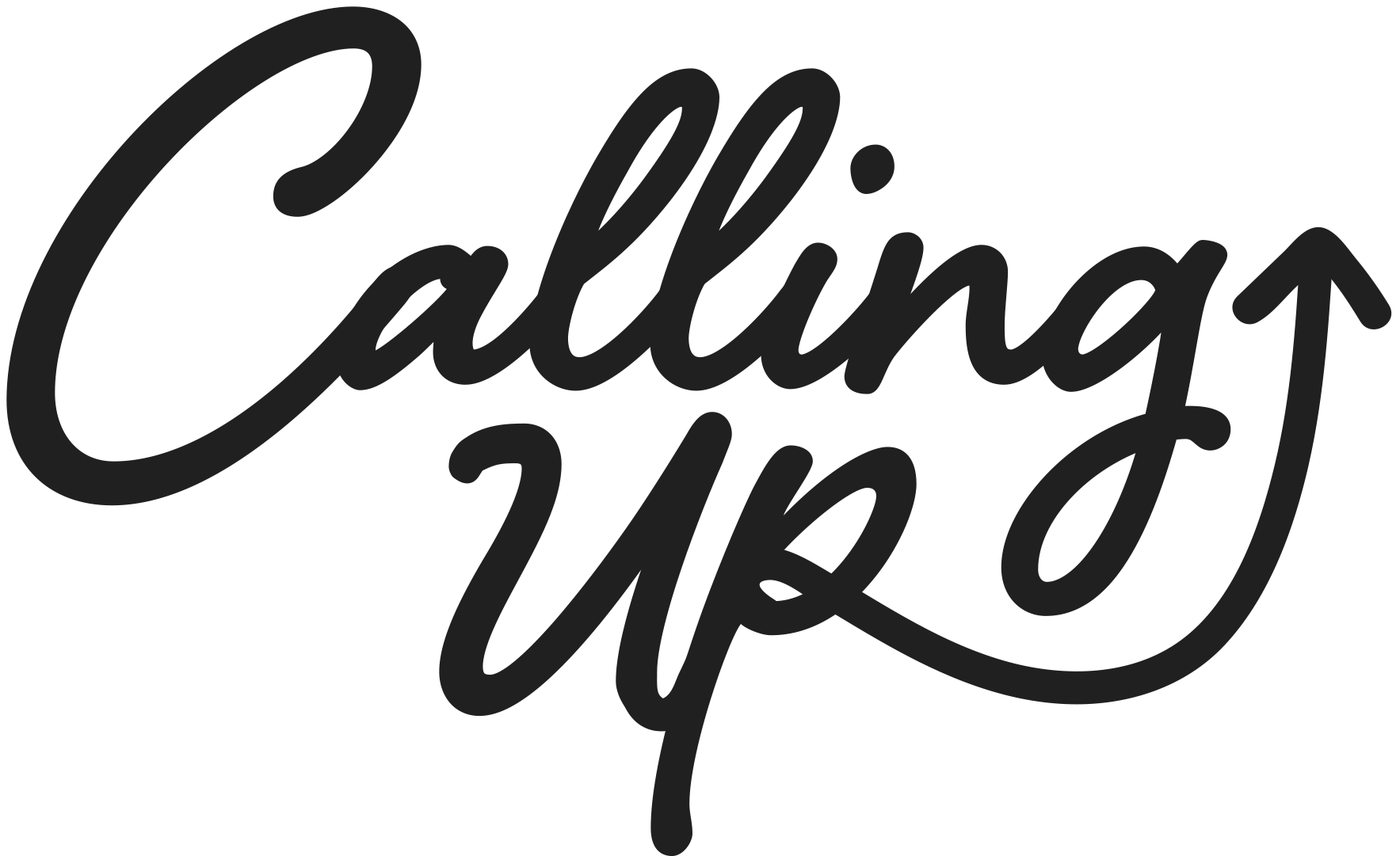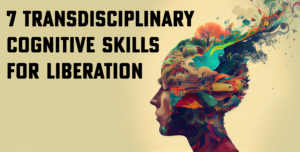This essay by Claudia Alick was inspired by The 7 Transdisciplinary Cognitive Skills for Creative Education With Contributions by The Deep-Play Research Group by Danah Henriksen. This was reading for our Zero Return Remake AI Project.
7 Transdisciplinary Cognitive Skills for Liberation
Supremacy culture—rooted in patriarchy, heterosexism, ableism, and white supremacy— permeates every aspect of society, shaping systems of power, privilege, and oppression. To dismantle these structures, we must move beyond traditional, siloed approaches to resistance and instead embrace transdisciplinary thinking skills. These seven cognitive tools—perceiving, patterning, abstracting, embodied thinking, modeling, play, and synthesizing—offer a framework for liberation that is creative, holistic, and deeply transformative. By applying these skills, individuals and communities can challenge oppressive systems, reimagine alternatives, and create pathways toward equity and justice.
- Perceiving: Seeing and Imagining Beyond Dominant Narratives
Supremacy culture thrives on controlling narratives, erasing marginalized voices, and normalizing oppression. The skill of perceiving—combining observation and imaging—allows us to see through these distortions and imagine new possibilities. By paying close attention to the lived experiences of those marginalized by patriarchy, heterosexism, ableism, and white supremacy, we can uncover hidden truths and amplify silenced voices. For example, observing the ways in which ableism manifests in inaccessible spaces or how heterosexism enforces rigid gender norms helps us identify systemic injustices. Imaging, or mental re-observation, enables us to envision a world free from these constraints, where diversity is celebrated, and equity is the norm. Liberation begins with the ability to see clearly and imagine boldly. - Patterning: Recognizing and Disrupting Oppressive Systems
Oppressive systems rely on patterns—repeated behaviors, policies, and ideologies that reinforce dominance. The skill of patterning involves recognizing these harmful cycles and creating new, liberatory ones. For instance, patriarchy perpetuates patterns of male dominance and female subordination, while white supremacy reinforces racial hierarchies. By identifying these patterns, we can disrupt them. At the same time, patterning allows us to form new, equitable structures. Activists and organizers, for example, use this skill to design inclusive policies, create community-led initiatives, and build solidarity across movements. Recognizing and reshaping patterns is essential for dismantling supremacy culture and building a just society. - Abstracting: Distilling the Essence of Oppression and Liberation
Supremacy culture often obscures its mechanisms by presenting oppression as natural or inevitable. Abstracting helps us cut through this complexity to understand the core principles of oppression and liberation. By focusing on the essential nature of systems like patriarchy or white supremacy, we can identify their foundational flaws and envision alternatives. For example, abstracting heterosexism reveals its reliance on rigid binaries and exclusionary norms, while abstracting liberation highlights the importance of fluidity, inclusion, and self-determination. Analogies can further illuminate these insights, such as comparing oppressive systems to a locked door and liberation to the key that opens it. Abstracting allows us to grasp the essence of both the problem and the solution. - Embodied Thinking: Centering Lived Experience and Empathy
Supremacy culture often dismisses the knowledge and experiences of marginalized groups, privileging abstract, detached ways of knowing. Embodied thinking—through kinesthetic awareness and empathy—challenges this by centering the body and lived experience. For example, disabled individuals experience ableism in deeply personal ways, from inaccessible environments to societal stigma. By empathizing with their experiences, we can better understand the urgency of creating inclusive spaces. Similarly, embodied thinking allows us to feel the emotional and physical toll of racism, sexism, and homophobia, fostering solidarity and collective action. Liberation requires us to think with our bodies and hearts, not just our minds. - Modeling: Creating Blueprints for Liberation
To dismantle supremacy culture, we need tangible visions of what liberation looks like. Modeling allows us to create representations of equitable systems and practices. For instance, activists might design models of restorative justice programs to address racial inequities or develop inclusive curricula that challenge patriarchal and heterosexist norms. Modeling also involves dimensional thinking—translating abstract ideas into concrete actions. By building and testing these models, we can refine our approaches and demonstrate the feasibility of liberation. Modeling turns imagination into reality, providing blueprints for a just world. - Play: Experimenting with New Possibilities
Supremacy culture thrives on rigidity, enforcing strict rules and norms that maintain the status quo. Play, as a transdisciplinary skill, disrupts this rigidity by encouraging experimentation and rule-breaking. Through play, we can challenge unassailable truths, question boundaries, and explore new ways of being. For example, queer theorists and activists use play to deconstruct gender and sexual norms, creating space for diverse identities and expressions. Play also fosters joy and resilience, which are essential for sustaining long-term movements for liberation. By embracing play, we can imagine and create alternatives to oppressive systems. - Synthesizing: Integrating Knowledge for Collective Liberation
Liberation cannot be achieved through isolated efforts; it requires the integration of diverse perspectives and strategies. Synthesizing brings together the insights gained from perceiving, patterning, abstracting, embodied thinking, modeling, and play to create a cohesive vision of liberation. For example, the fight against white supremacy must incorporate anti-racist education, economic justice, and cultural transformation. Synthesizing allows us to connect these strands, creating a multi-faceted approach to liberation. It also bridges the gap between theory and practice, ensuring that our knowledge informs our actions. Liberation is a collective endeavor, and synthesizing helps us unite our efforts.
Liberation Through Transdisciplinary Thinking
The seven transdisciplinary thinking skills—perceiving, patterning, abstracting, embodied thinking, modeling, play, and synthesizing—are essential tools for dismantling supremacy culture. They enable us to see through oppressive systems, imagine alternatives, and create tangible pathways toward justice. By cultivating these skills, we can challenge patriarchy, heterosexism, ableism, and white supremacy, fostering a world where equity, inclusion, and liberation are not just ideals but lived realities. Liberation is a creative, collaborative, and transformative process, and these skills provide the foundation for building a future free from oppression.

